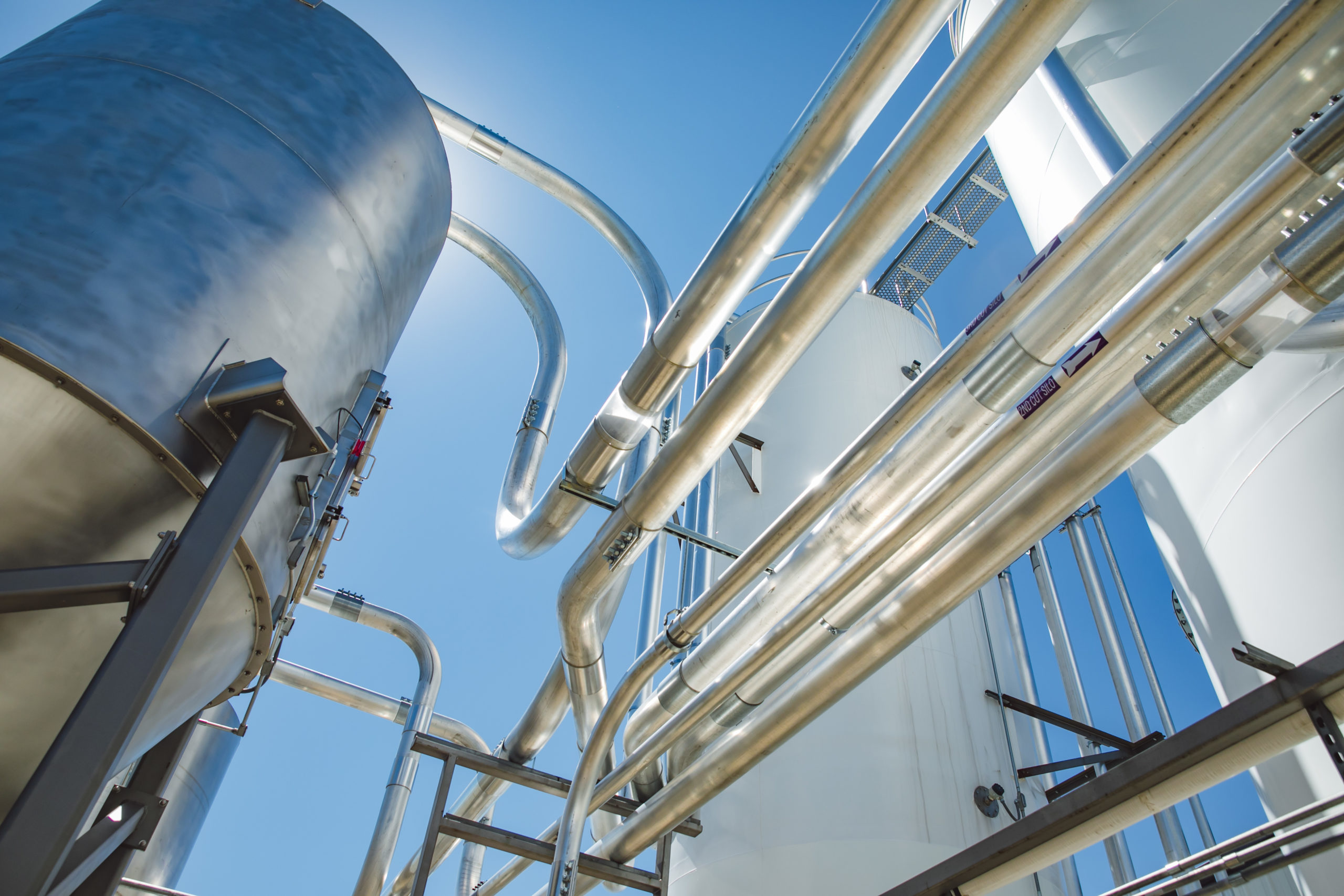
insights
Factors to Consider When Conveying Materials
Production facilities are no strangers to the many steps that the bulk material handling process incorporates. Bulk material storage, conveying, screening, classifying, filling, and packaging are all key aspects that bulk materials go through, regardless of industry.
Conveying is a key step when needing to move material throughout the system. Both pneumatic and mechanical conveying are effective ways to transfer large amounts of product from one point to another, as long as product characteristics and the facility footprint are accounted for. Offering unique ways to transfer product, both types of conveying allow material to move efficiently and safely, while saving cost of labor or lost product.
Mechanical conveying offers some design flexibility and the ability to convey horizontally, vertically, or at an angle. Screw conveyors, chain conveyors, bucket elevators, and belt conveyors are all types of mechanical conveying. These systems are typically versatile, fitting into the unique spaces available.
A pneumatic conveying system is composed of enclosed conveying piping, using a type of gas mover to transport the product. Pneumatic conveying systems are usually categorized into three different categories: dilute phase, dense phase, and semi-dense phase. For manufacturers dealing with products in a sanitary environment, the enclosed conveying piping prevent product contamination. With 3A dairy or hygienic tubing, material can be kept sanitary along with being filtered by HEPA filters.
Identifying the best way to go from one point to another is not the only challenge. You will also need to consider material properties, rate, and distance which are all contributing factors.
Material Properties
Knowing the material characteristics is very important when considering a pneumatic or mechanical conveying system. If the material is free-flowing, the conveying system will be drastically different than for a sticky product. Material density also considers how fine or tough the product may be, as dust filtration systems may be required. Other considerations include: friability, moisture, abrasiveness, and cohesion. When material properties are uncertain, lab testing should take place before moving forward.
Rate
Rate is another important consideration when determining the type of conveying for a system. Depending on how many cubic square feet an hour of product is required helps determine the correct form of conveying for the system. For instance, lower rate situations are more ideal for pneumatic conveying. Whereas mechanical conveying is better suited with a higher rate. The rate of material moving throughout the system is an important consideration while designing the whole system.
Distance
It makes a difference if your material is moving five feet or fifty feet. Whether it is a pneumatic or mechanical conveying system, the system must be able to accommodate the space required. When the distance is longer in the pneumatic system, the blower is going to increase in size.
With so many aspects to consider, it is recommended to utilize a test lab to ensure the product will flow properly before installing a conveying system. You can obtain the base empirical data to optimize applications or specify a new system.
AD Process Equipment is a Gray company.
AD Process Equipment is your single source for system design and process equipment integration. Our experienced team works with customers to meet demands in bulk processing and material handling by providing practical design solutions that cater to their unique needs. Our personalized solutions in equipment and technology give customers a competitive edge in the ever-changing global marketplace.



